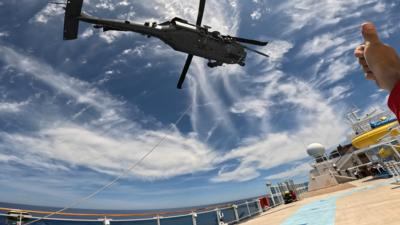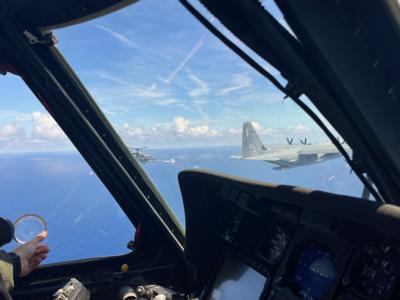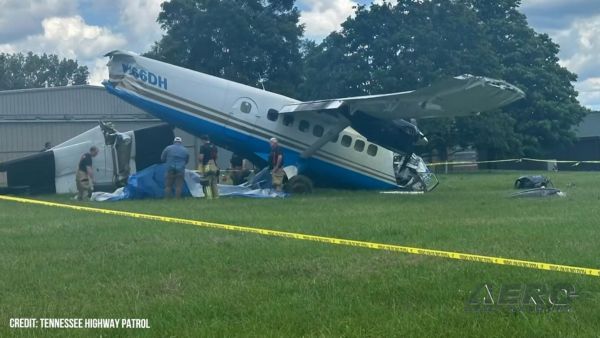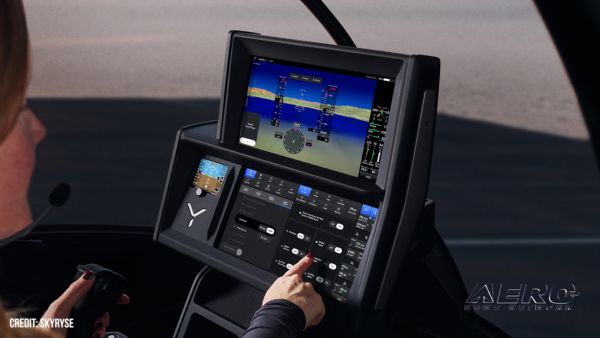Reaching The Ship’s Remote Location Required Three Helicopter Air-To-Air Refuelings
The Air Force Reserve Command’s 920th Rescue Wing successfully conducted a tricky civilian medical airlift operation of a critical patient aboard a cruise ship located more than 350-nautical-miles off the eastern coast of the United States May 4.

Within hours of the call, the 920th RQW prepared and launched a rescue force consisting of two HH-60G Pave Hawks, two HC-130J Combat King IIs and two teams of combat rescue officers and pararescuemen to fly to the ship’s position and safely extract the patient for transport to the nearest capable medical center.
“Everyone in the wing mobilized with exceptional speed," said Capt. Dylan Gann, 301st Rescue Squadron pilot. "By uniting our efforts, we saved crucial time, delivering life-saving assistance six hours ahead of other response teams. Our collective determination and efficiency ensured the successful rescue and transport of the individual in need.”
The wing assembled a wing operations center battle staff to coordinate all aspects of the rescue across the wing. Air Force specialty codes from maintenance to weather directed information to the on-scene team. Flight doctors were used to find the right treatment facility for the patient from home station and relayed information via over the horizon communication and data links to the rescue force.

Reaching the ship’s remote location required three helicopter air-to-air refuelings. A HAAR involves connecting a probe from the helicopter to a drogue on the HC-130J, allowing fuel transfer mid-flight. This ensures extended mission duration and combat readiness in austere environments and dynamic situations.
When the mission commander arrived on location, two HC-130J’s circled the airspace to assess the situation and assumed on-scene command while ready to conduct HAAR as needed. Then, HH-60s approached the ship to execute the extraction of the patient. Pararescuemen were hoisted down and immediately began preparing the patient and then the patient and his mother were then hoisted up into the helicopter, where he was received medical attention enroute to a hospital.
“This is what ready now looks like," said Lt. Col. John Lowe, 920th Operations Group commander. "These real-world missions are what our countless hours of training have prepared us for.

Rescue was able to plan and execute this mission without hesitation. This combined arms team is highly trained in their field while understanding what role they play in the bigger picture and led to the successful completion of the mission,” Lowe said.
The patient was successfully transferred to a hospital in the United States. After eight hours and more than 1,000 miles flown, the mission was complete when all of the aircraft returned to Patrick Space Force Base.
Based at Patrick SFB, the 920th Rescue Wing is Air Force Reserve Command’s only combat search and rescue wing. Its primary mission is to plan, lead and conduct military rescue operations and missions to deny competitors and adversaries exploitation of isolated personnel.
 Airborne 06.04.25: G100UL Legal Decision, FAA v Starship, Laser Conviction
Airborne 06.04.25: G100UL Legal Decision, FAA v Starship, Laser Conviction ANN's Daily Aero-Term (06.09.25): Light Gun
ANN's Daily Aero-Term (06.09.25): Light Gun ANN's Daily Aero-Linx (06.09.25)
ANN's Daily Aero-Linx (06.09.25) NTSB Final Report: Evektor Aerotechnik EV97
NTSB Final Report: Evektor Aerotechnik EV97 ANN FAQ: Submit a News Story!
ANN FAQ: Submit a News Story!





